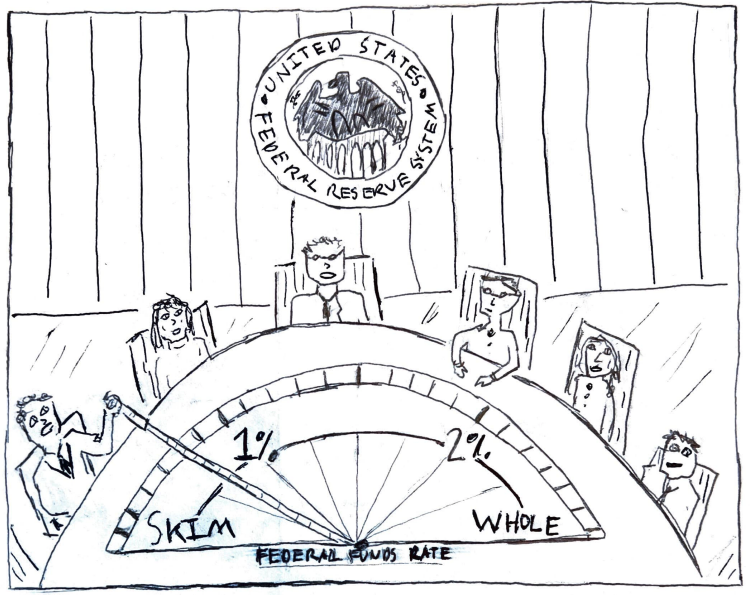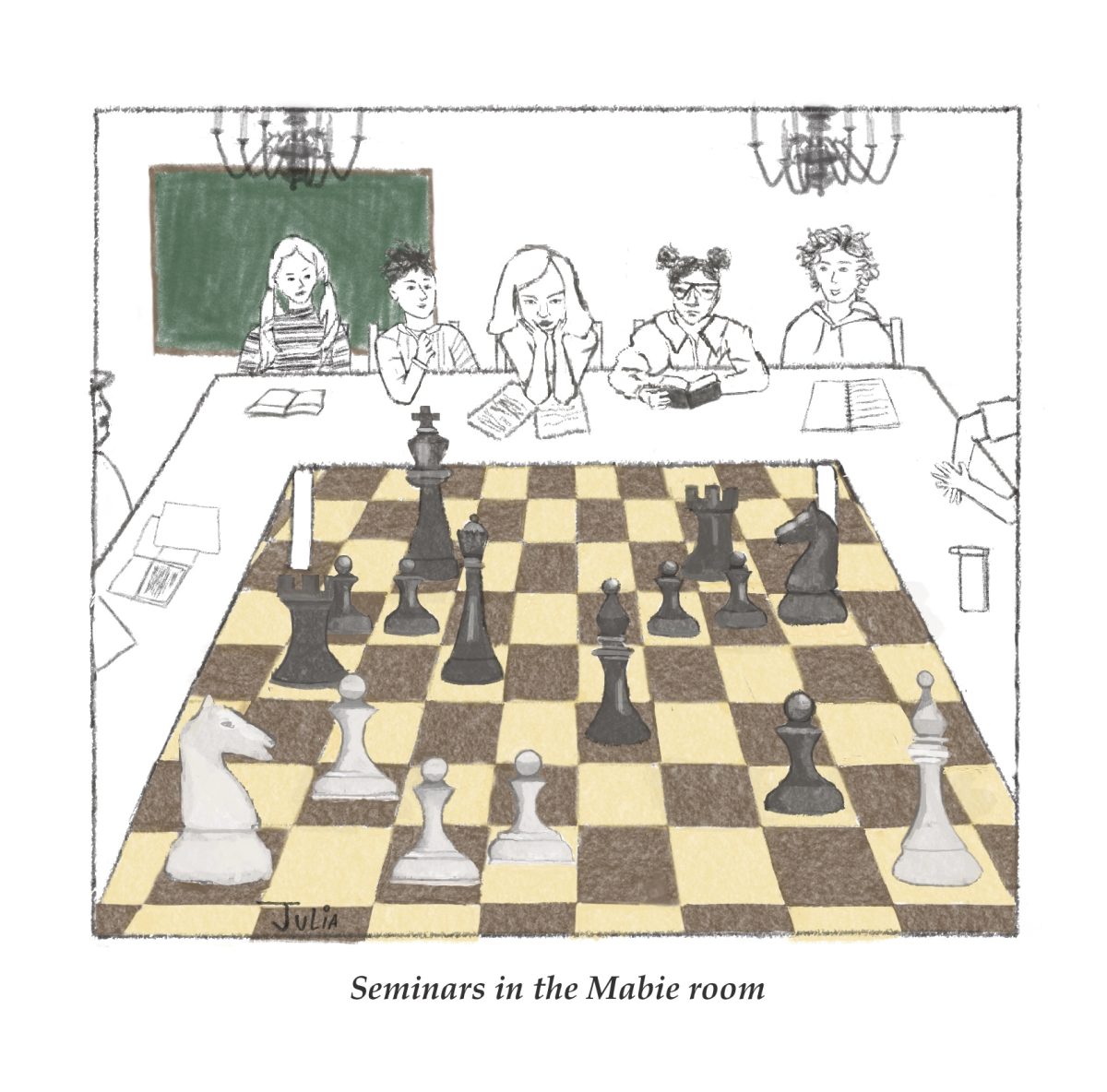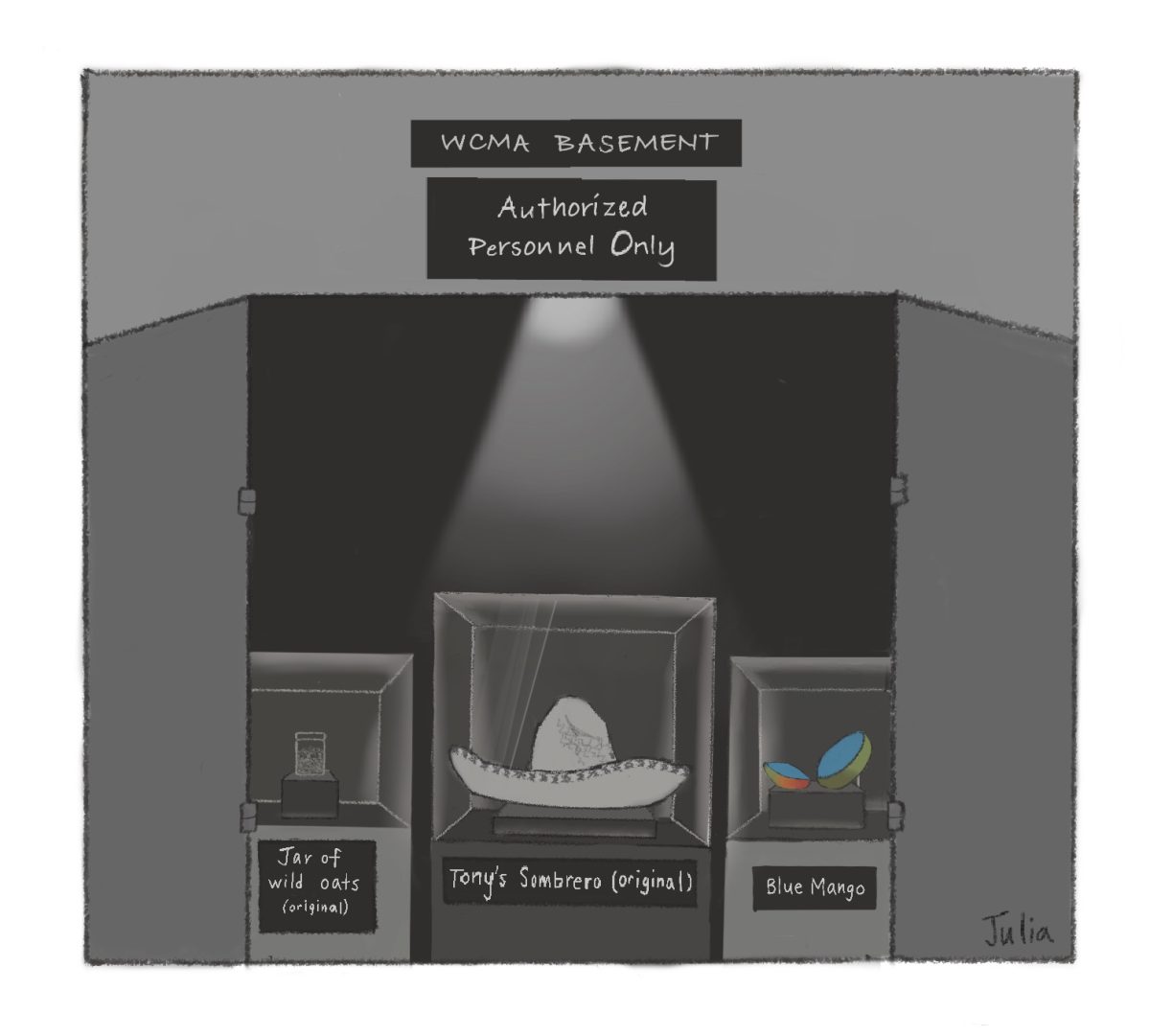I wouldn’t identify myself as a gamer, and I’m almost certain that the rest of the world wouldn’t identify me as one either. However, as of late, I have found myself dipping my toe into the waters (I know, I know, the one part of video game graphic design that has eternally been impossible to get right) of the gamer world. I’m now learning how to play Magic: The Gathering and Dungeons and Dragons, and I’m taking new interest in all of the immensely complicated and expensive board games that I always brushed by in the past. I think being female in this realm of society is similar to the challenge of designing water in video games. No matter how hard designers try to make it blend into the rest of the virtual world, and no matter how much better it has gotten in recent years, it still doesn’t quite look right and still almost always gets criticized.
If you’re male and in the gamer world, you’re pretty much set. You’re evaluated on your knowledge and your skill — how quick your reflexes are, how many times you’ve leveled up, how much lore you can share by memory to anyone who will listen. But what about if you’re female?
As is the case with almost everything, society (and more specifically, the internet) has incredibly strict and sexist criteria for the way that girls who play video games should look and behave. We can’t be too cute, otherwise it’s a joke. We can’t be too hot, otherwise it’s distracting. We can’t be too violent, otherwise it’s unladylike. We can’t be too good, otherwise we’re threatening, and we can’t be too bad, otherwise we’re not worth playing with. We can’t want to learn, otherwise we’re wasting time, and we can’t be disinterested, or we’re just like everyone else. This should sound familiar because it is familiar. These double standards are faced by women in politics, in the household, everywhere. But it’s somehow even worse to be a gamer, and here’s why.
Along with all of the subtle societal expectations “gamer girls” must conform to, maybe even to an exaggerated degree in this case, there is also the matter of the gamers. Women who game are told they’re hot, attractive, sexy… “you’re the subject of my fantasies,” or “suck a dick in a crappy smasher’s dreams.” 63% of women who game have been called “c*nt,” “slut,” “whore,” or “bitch,” and 50% of women have been outright sexually harassed, according to recent surveys. They also constantly receive rape and death threats. Why? Well, because not only are male gamers socially conditioned in the same sexist way that the rest of society is, but in the gaming world specifically, female characters are featured as overly sexualized, big-boobed, tiny-waisted, bikini-armored warriors that really exist for the viewing pleasure of the (male) gamers. Games like the 2006 release of Hitman: Blood Money featured advertisements showing murdered bodies of sexualized women with captions such as “beautifully executed.” Even in death, mostly naked women are used to arouse male viewers.
In this realm, women are seen as a desirable form of property that can be used for abuse and harassment. What’s more, because women are treated by gamers in this manner, they hold disdain for those who engage in this kind of behavior and consequently keep their distance, which creates a never-ending cycle of men hating on women for being inaccessible, sexy creatures that they can only get their hands on by force and degradation.
I’ve had some run-ins with exactly this kind of culture, and of course I would be remiss if I didn’t admit that I’ve cried and screamed about it before, thankfully at a time when my ranting fell on very receptive and helpful ears. Yet despite this, knowing about the culture doesn’t really deter me from getting involved in the gamer community. If anything, it inspires me to delve deeper, because maybe I can be one of those designers that helps to finally get the water graphics right (to be clear, that was a metaphor…).
Aliya Klein ’22 is from Potomac, Md.







